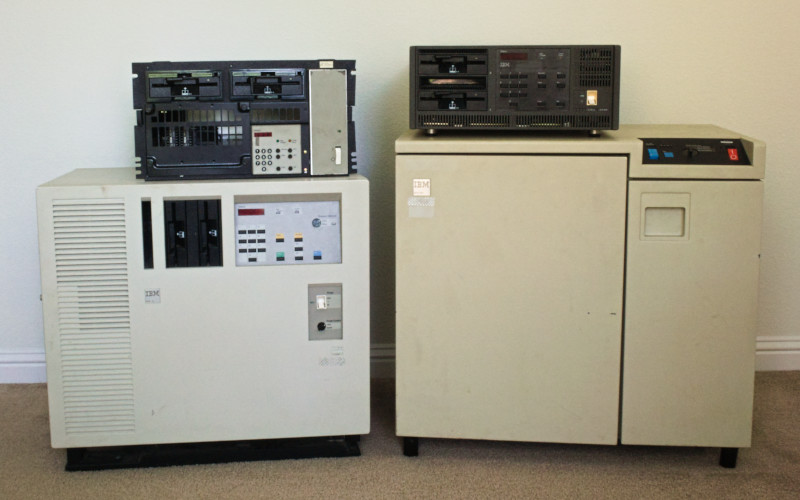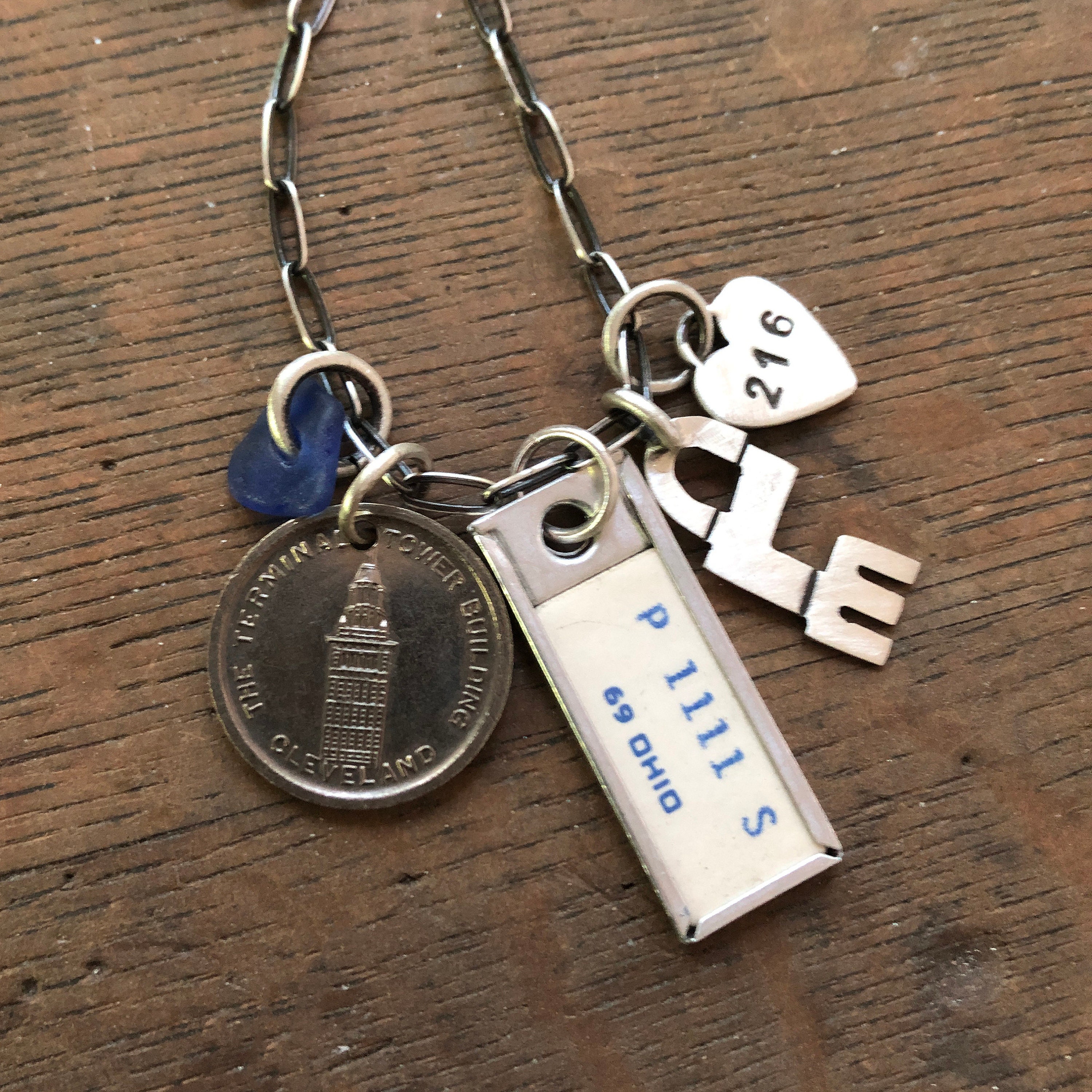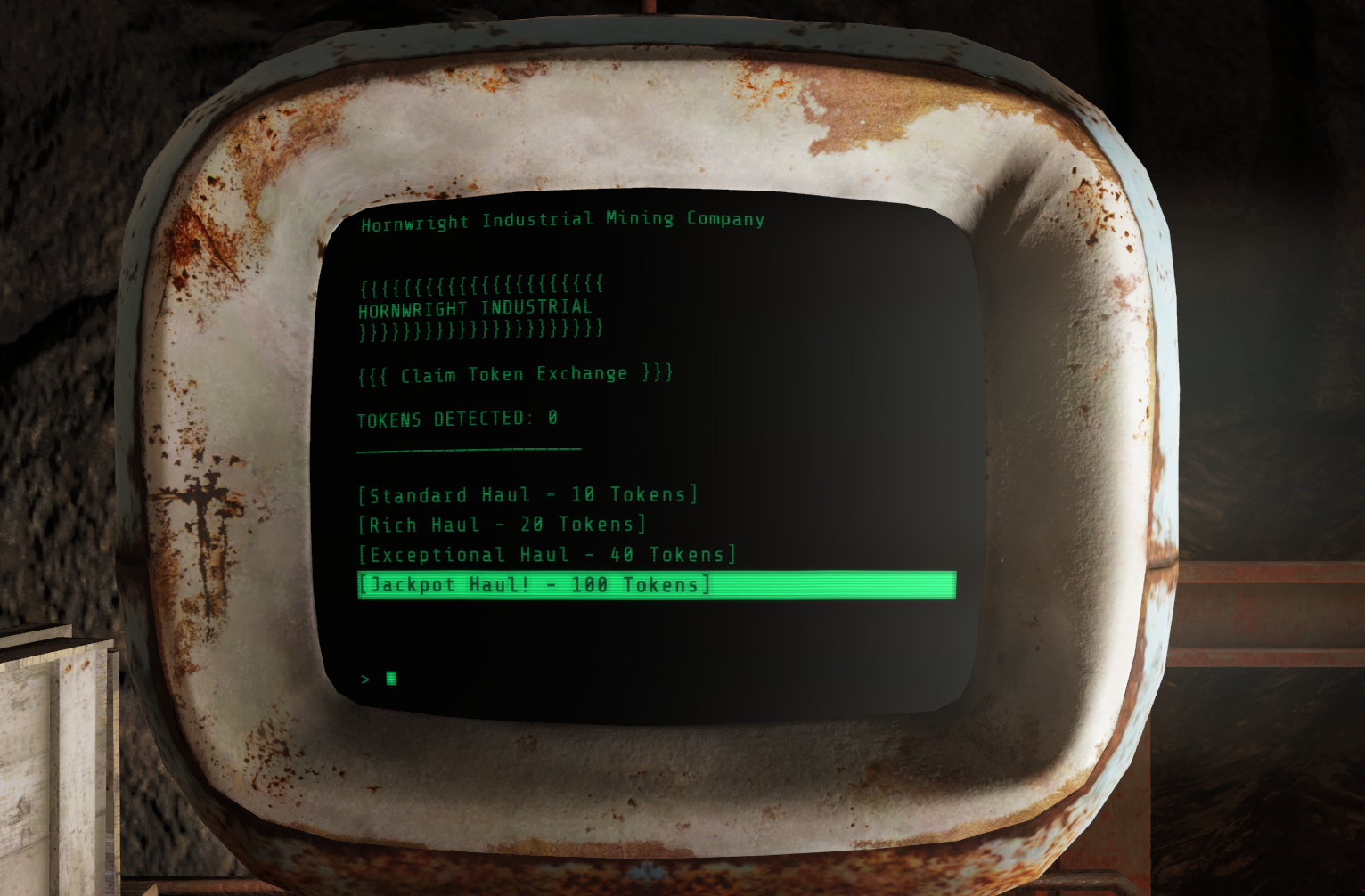

Visit, click Delete next to your old personal access token, then click I understand, delete this token.įollow all of the same Personal Access Token steps, above, again.Hosting online events can help you grow your business. If you created a personal access token but forgot it (or it expired) When prompted to log in, use your GitHub username and that personal access token instead of your password. You should now be able to use check50 and submit50 (and git) without GitHub username and password.
TOKEN TERMINAL PASSWORD
Paste that personal access token somewhere safe (e.g., in a password manager). Highlight and copy the “personal access token” that appears. Select No expiration (or something shorter) via the drop-down menu under Note. Input a note under Note (e.g., CS50 IDE if using CS50 IDE). Visit, logging in with your GitHub username and password as usual, and configure two-factor authentication. When prompted to “overwrite” (your old key), input y, then hit Enter. Visit, click Delete next to your old SSH key, then click I understand, please delete this SSH key.įollow all of the same SSH steps, above, again. If you created a passphrase but forgot it But if you created a passphrase, you might still be prompted for that. You should be greeted with "Hi USERNAME! You've successfully authenticated, but GitHub does not provide shell access." If you don’t see that, review the above steps to verify you didn’t skip something. If you input a “passphrase” (i.e., password) earlier, enter the passphrase and press Enter when you see the following prompt "Enter passphrase for key 'home/ubuntu/.ssh/id_rsa':" The authenticity of host ':443 (:443)' can't be established.ĮD25519 key fingerprint is SHA256:7KMZvJiITZ+HbOyqjKJV2AeC5As3GSZES5abcd1NIe4.Īre you sure you want to continue connecting (yes/no/)? Optionally input a title under Title (e.g., CS50).Įnter “yes” and press enter if you see the following prompt (the IP address might be different): Paste your public key into the text box under Key. Don’t use the passphrase you just created, if any. Visit, logging in with your GitHub username and password as usual. But don’t highlight your terminal window’s prompts (which contain $) before or after those lines. Highlight and copy all of those lines, starting with ssh-rsa to the end. You’ll then see your “public key,” multiple lines of seemingly random text. You’ll then see a “randomart image” that you can ignore.Įxecute cat ~/.ssh/id_rsa.pub. For security’s sake, you won’t see what you type. Otherwise, input a passphrase (that you won’t forget!), then hit Enter, then input it again, then hit Enter again. If you only use your GitHub account for CS50, no need to input a passphrase just hit Enter.

You’ll then be prompted for a “passphrase” (i.e., password). When prompted to “save the key,” just hit Enter, without typing anything. Open a terminal window, if not open already, within Visual Studio Code, CS50 IDE, CS50 Sandbox, or CS50 Lab.Įxecute ssh-keygen.
TOKEN TERMINAL CODE
Odds are you’ll find SSH more convenient for Visual Studio Code and CS50 IDE, and personal access tokens more convenient for CS50 Sandbox and CS50 Lab. As of August 13, 2021, that’s no longer possible, which means you can no longer use check50 or submit50 using your GitHub username and password either.īut you can still use check50 and submit50! You just need to log in a bit differently, either using SSH or a personal access token.


To push (i.e., save) your code to GitHub using git, it used to be possible to log into GitHub via a command line (as in a terminal window) using a GitHub username and password. Tools like check50 and submit50 rely on git, a popular tool for saving different versions of code, and GitHub, a popular website for saving those versions in the cloud.


 0 kommentar(er)
0 kommentar(er)
